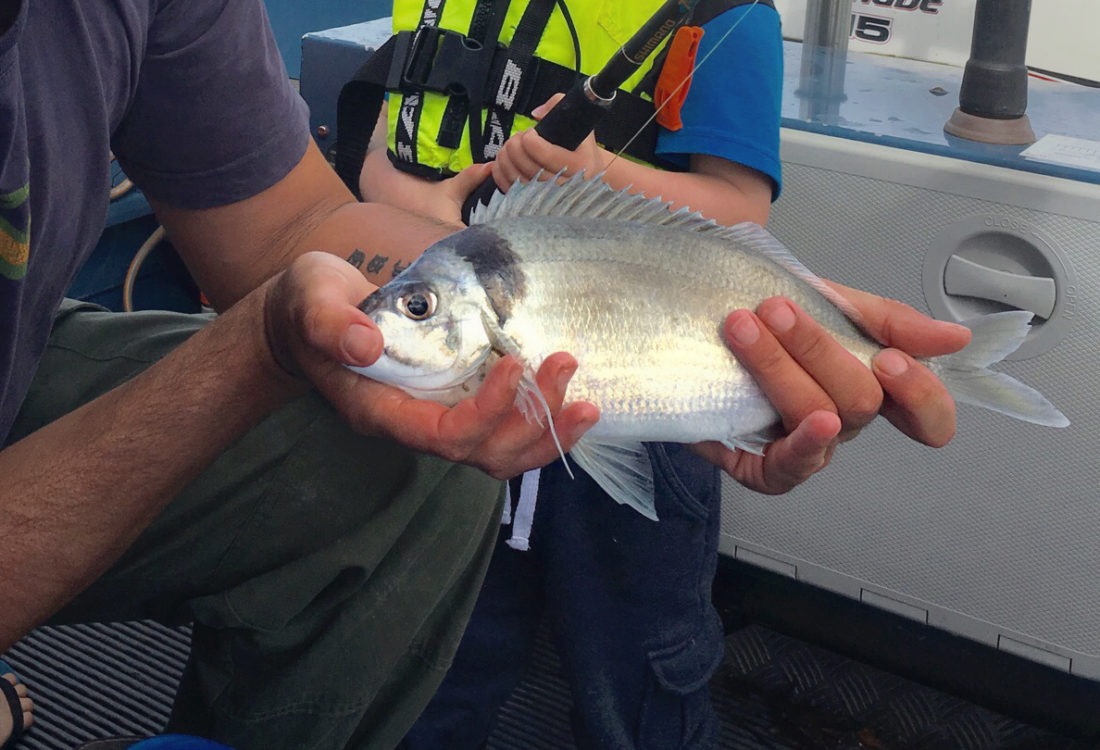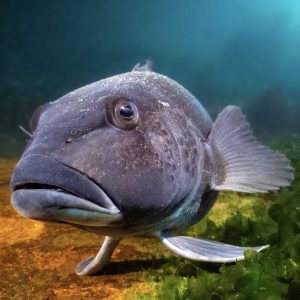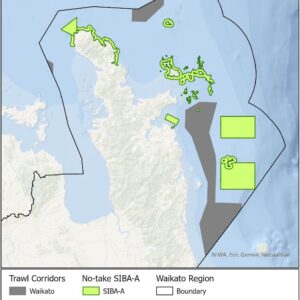Years of poor fisheries management by successive governments under the Quota Management System (QMS) has resulted in tarakihi populations along the east coast of both islands falling to just 15% of their original population size.
 In 2019, the previous Minister of Fisheries responded to this crisis with a token 10 percent cut in commercial catch on the back of a promise from the commercial fishing industry to catch fewer undersized fish by voluntarily moving out of areas with lots of juvenile fish. While self-reported data is limited, this ‘move on’ rule was only respected half of the time. The other half of the vessels would fish elsewhere even after catching too many juvenile tarakihi.
In 2019, the previous Minister of Fisheries responded to this crisis with a token 10 percent cut in commercial catch on the back of a promise from the commercial fishing industry to catch fewer undersized fish by voluntarily moving out of areas with lots of juvenile fish. While self-reported data is limited, this ‘move on’ rule was only respected half of the time. The other half of the vessels would fish elsewhere even after catching too many juvenile tarakihi.
At the time the science estimated that a 55% reduction in commercial catch was needed to rebuild the stock in 10 years. Even if respected, the current rebuild plan would still have taken well over 20 years for tarakihi populations to rebuild.
But in a briefing to Minister Parker, obtained by Forest & Bird through the OIA, Fisheries Inshore Chair, Laws Lawson admitted some tarakihi trawlers have been failing to keep out of areas they promised not to fish because of their importance for juvenile tarakihi (para 13, Voluntary Closed Areas).
“Asking the commercial industry to self regulate is clearly not working. The QMS was intended to constrain the commercial fishing industry using catch limits. East Coast tarakihi is just another example of how the QMS is failing.” Says Sam Woolford, LegaSea Spokesperson.
Conservative management has not been applied for some time. In 2004, prior to announcing reviewed catch limits, The Minister of Fisheries stated there was insufficient data to evaluate the population size of tarakihi populations on the east coast of the South Island. The Minister then proceeded to increase the Total Allowable Commercial Catch by 20%.
“The new minister of Fisheries and Oceans Minister must now be aware that the fishing industry’s plan to rebuild tarakihi stocks is failing,” says the New Zealand Sport Fishing Council President, Bob Gutsell. “We urge the Minister to take immediate action to protect the dwindling stocks of this iconic coastal species.”
The New Zealand Sports Fishing Council and LegaSea believe much more than just voluntary measures are required to protect and rebuild tarakihi stocks back to the target of 40 percent of the original stock size. We need decisive action from the Minister. We need an overhaul of the Quota Management System, meaningful cuts to the catch limits and a reduction in the environmental damage caused by trawling.




